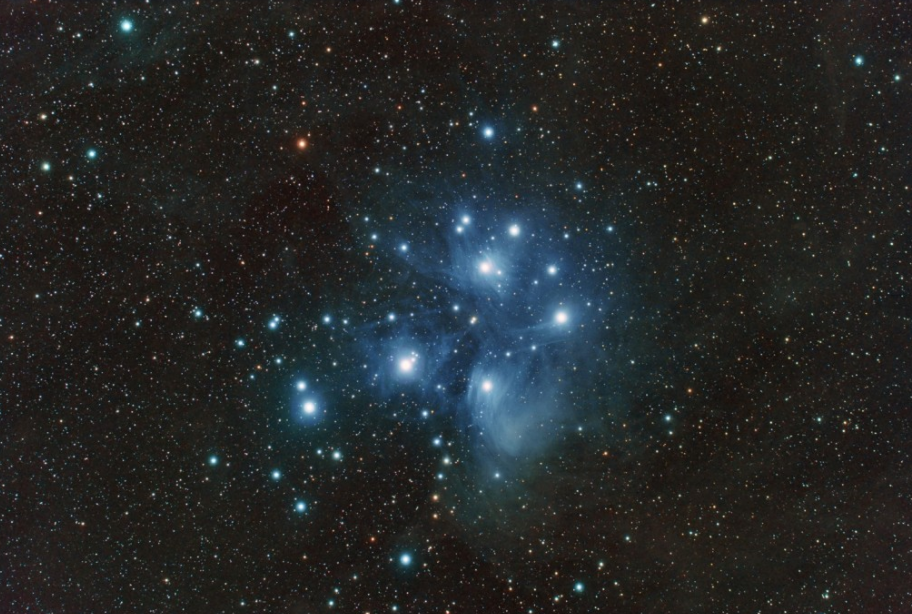When purchasing optics for stargazing one of the fundamental contemplations is the light assembling capacity of the optics you are hoping to purchase and consequently the size of the target focal point is critical.
Before you start look at the scope of optics for stargazing that are at present available you need to consider the distance you are hoping to cover and what level of detail you are expecting to see.
On the off chance that you can envision that a telescope can give you an altogether bigger aperature (target focal point) and a wide scope of amplification capacities it’s justifiable that for survey over longer distances, and to see the better subtleties, a telescope is regularly a superior alternative. Anyway, that said optics can demonstrate helpful, in any event, for the genuine stargazer, and are a cheap method to begin.
The genuine master’s of utilizing optics for cosmology is the negligible set up time
the moderately minimal expense, movability and the way that there is definitely not an unending rundown of frill that you need to purchase.
Producers by and large show whether their binos are appropriate optics for stargazing however as an overall aide you need to be searching for monster optics or optics with a target focal point that is 50mm or more noteworthy. 10×50’s are regularly a mainstream decision for stargazing as they are sensibly agreeable to hold yet incredible enough for the essential cosmologists needs.
A few makers do make more modest optics for stargazing, for example, the Pentax PCF 8×40 or the greater Pentax DCF SP 8×43 and Olympus rate their EXPS I 8×42’s as phenomenal space science optics. When in doubt, and especially identifying with the more modest binos, if the target focal point is multiple times or beyond what the amplification you can utilize them for space science.
Assuming you are searching for a genuine substantial monster
the Celestron Skymaster series goes from 15 x 70 up to 25 x 100 (which offers the force of a little telescope) and Nikon do the 10 x 70IF SP which is significantly more costly (around £1200 versus up to £400 for a Skymaster) however you are paying for the nature of the focal points and the prevalent optical plan (one of the innovators in it’s group). The greater you go when you are searching for optics for stargazing the more prominent the force and light assembling capacities so on the off chance that you pick a 25 x 100 (25x amplification, 100mm target focal point) you will actually want to see further and see objects more meticulously than with a 7 x 35 or a 10 x 50 (for instance).



